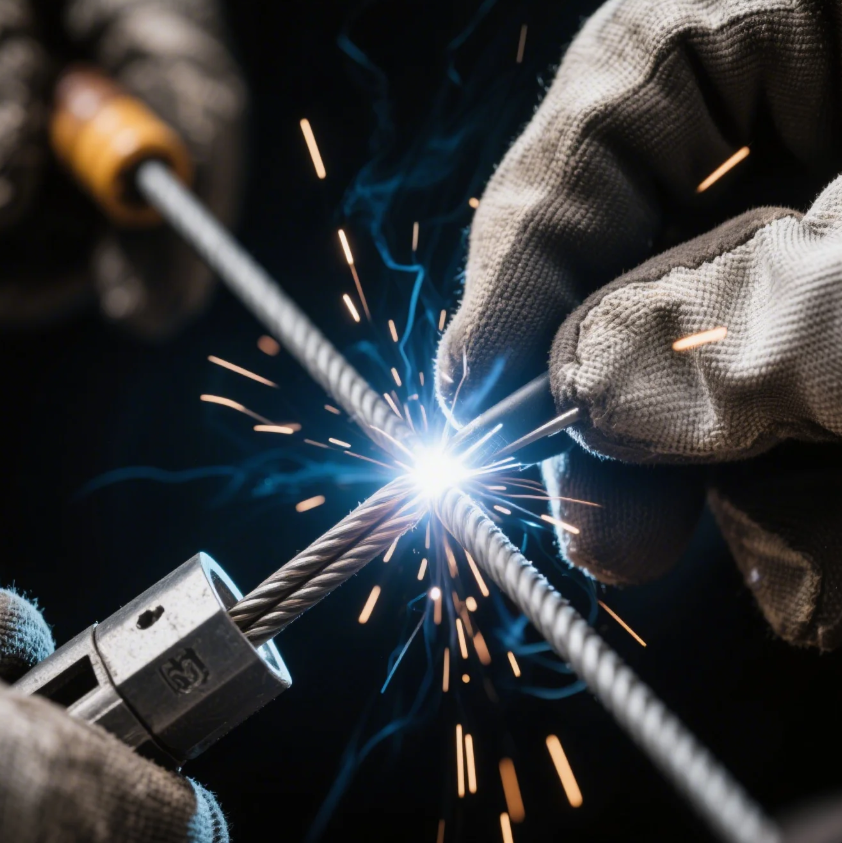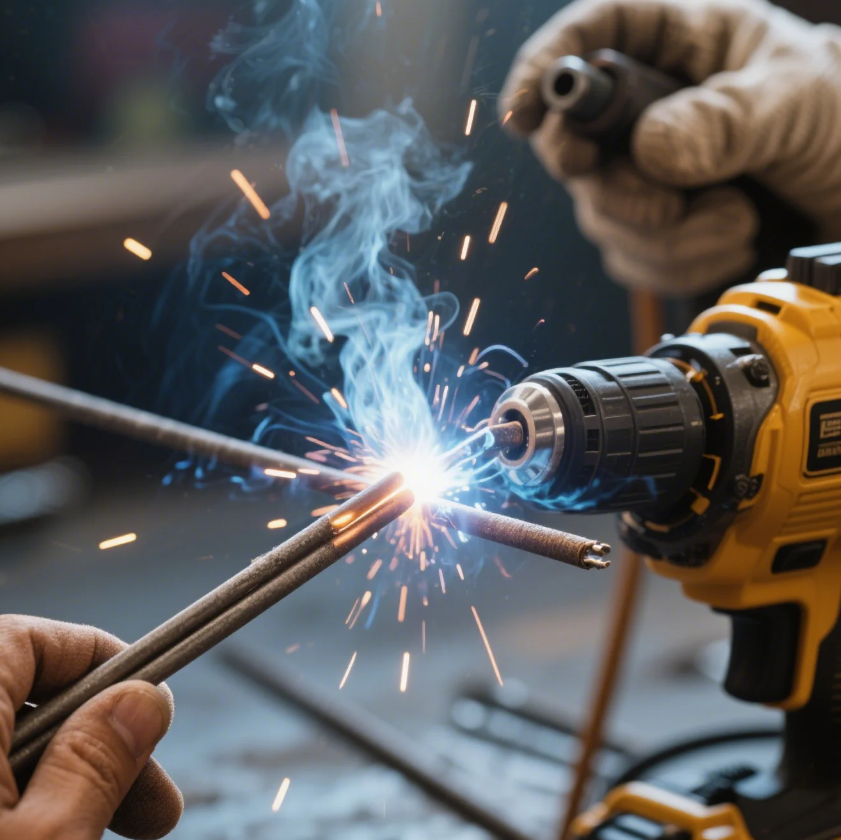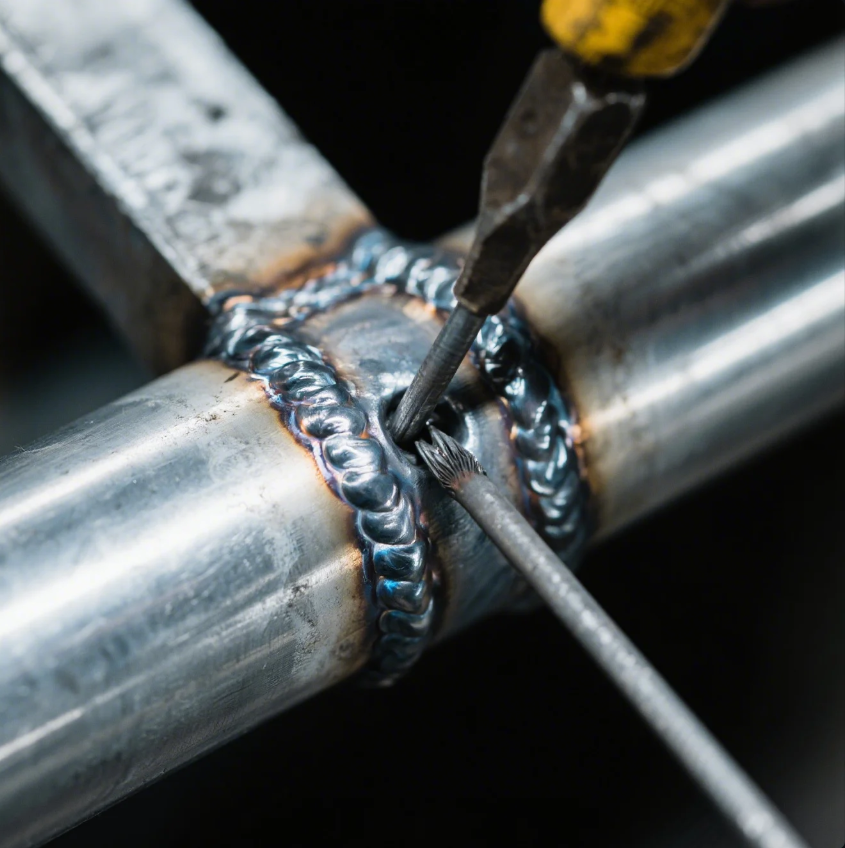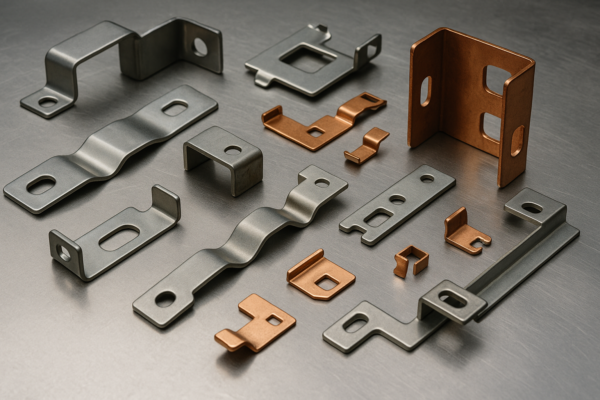How to keep a welding rod from sticking?

Sticking rods waste time, ruin welds, and break your rhythm.
To keep a welding rod from sticking, use the correct amperage, maintain a short arc, and strike the arc cleanly—especially on dirty or cold steel.
Let’s fix the root causes and give you smooth, uninterrupted welding every time.
What causes your welding rod to stick?
It’s not the rod—it’s the settings and technique.
Welding rods stick because of low amperage, long arc attempts, poor contact angles, or dirty metal surfaces.

One of our clients had trainees constantly burning rods to the plate. We adjusted their amperage up by 10%, and the problem disappeared. Sometimes, it’s that simple.
Main reasons welding rods stick
| Cause | Effect |
|---|---|
| Amperage too low | Arc doesn’t strike or stay lit |
| Arc length too long | Unstable arc, leads to sticking |
| Dirty/rusty metal | Interrupts current flow |
| Improper angle or motion | Forces rod into puddle |
| Inexperienced arc starts | Weak or slow tap technique |
Prime includes setup support with every welding rod order, helping customers dial in the perfect current, especially for rods like 6011 or 7018.
Which of the following is a method to prevent electrodes from sticking?
Simple habits make a big difference.
To prevent electrodes from sticking: use the right amps, strike quickly, hold a short arc, and clean your base metal.

A client in North Africa reduced downtime by implementing a pre-weld checklist: amps check, surface brushed, and strike angle confirmed. Sticking incidents dropped by 70%.
Best practices to stop sticking
- Use correct amperage: Follow rod-specific amp charts
- Strike firmly and fast: Like lighting a match
- Keep arc short: Around the same length as rod diameter
- Clean base metal: At least wire-brush off rust and paint
- Hold a 10–15° angle: Slight push or drag, depending on rod
| Rod Type | Suggested Amps (1/8") | Technique Note |
|---|---|---|
| E6011 | 90–130 A | Whip-and-pause helps control |
| E7018 | 110–140 A | Drag with short arc |
| E6013 | 90–120 A | Great for smooth arc practice |
At Prime, we ship amperage charts and arc-start guides with every beginner welding kit.
What should you do if the electrode sticks?
Don’t panic—respond fast.
If the rod sticks, release it immediately, break the circuit, and chip the weld clean before restarting.

I once saw a welder try to force a stuck rod free—he bent the clamp and cracked the flux. We showed him how to twist off cleanly and restart with a better arc strike.
Quick fix steps for stuck electrodes
- Release from the work clamp or lift electrode holder
- Break the rod off gently—don’t twist the stinger aggressively
- Chip and wire-brush the area clean
- Restart with a fresh arc—adjust amperage if needed
| Problem | Solution |
|---|---|
| Rod sticks often | Increase amps, check angle |
| Flux breaks off | Replace rod, use smoother strike |
| Sticks mid-pass | Adjust travel speed, arc length |
Prime offers troubleshooting guides with every ISO-certified welding rod shipment to help avoid this issue altogether.
How do you hold metal together before welding?
Good prep makes better welds.
To hold metal before welding, use clamps, magnets, tack welds, or fixtures to ensure alignment and prevent movement during welding.

One of our European clients reduced scrap by adding tack welds every 3–4 inches before final passes. Their assemblies now fit perfectly with minimal rework.
Common holding methods
| Method | Best For | Notes |
|---|---|---|
| C-clamps | General fab and joints | Ensure tight clamping, no gaps |
| Magnetic squares | Angle alignment | Great for 90° setups |
| Tack welds | Long seams, corners | Easy to grind off or build over |
| Custom jigs | Repetitive parts | Improves speed and consistency |
At Prime, we also supply modular welding fixtures for clients doing batch production with custom components.
Conclusion
Avoid rod sticking by using proper amps, keeping your arc short, and prepping your surface right—small changes lead to big weld improvements.
Want smoother arc starts and rod recommendations for your welder type? Contact Prime now through our website. We offer ISO-certified rods, amperage charts, and expert advice—with fast global shipping to keep your welds clean and consistent.







